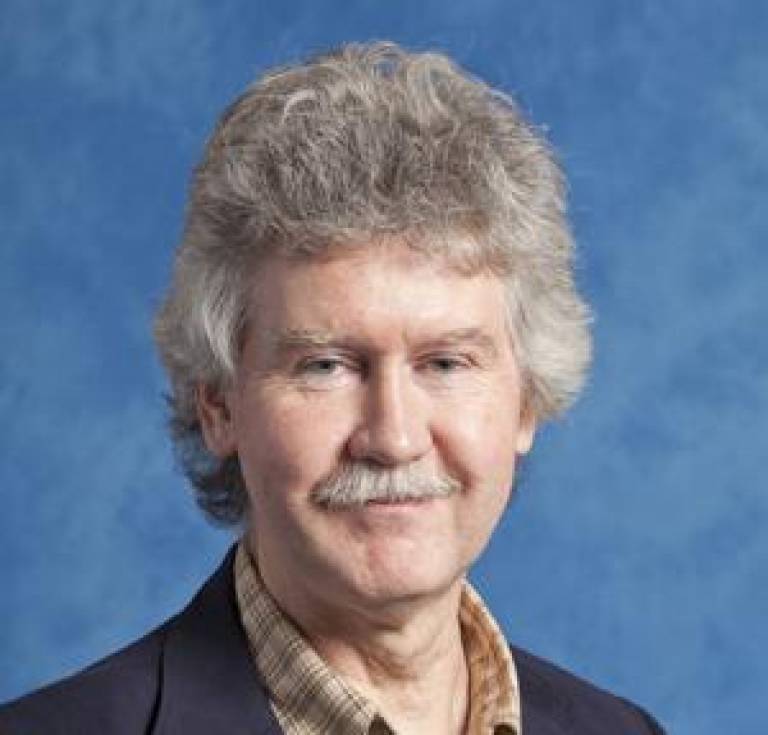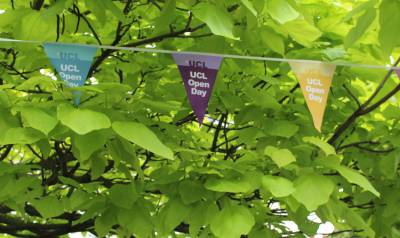UCL researcher wins Aminoff Prize
16 September 2014

Professor Ian Robinson of the LCN has been awarded the 2015 Gregori Aminoff Prize in Crystallography.
The prize, conferred since 1979 by the Royal Swedish Academy of Sciences - the body that awards the Nobel prizes - recognises a documented, individual contribution in the field of crystallography, including areas concerned with the dynamics of the formation and dissolution of crystal structures. In its citation, the Academy highlighted Professor Robinson's development of diffraction techniques for the investigation of surfaces and nanomaterials.
The citation continued: "Professor Ian Robinson has made a number of pioneering contributions in the field of X-ray diffraction, which is a method used to determine the three-dimensional structure of a crystal. He is in the forefront when it comes to utilising the opportunities provided by increasingly advanced synchrotron light sources and free-electron lasers in the study of the electronic and structural properties of solids."
Synchrotron radiation-based techniques use the high degree of coherence of light sources, i.e. the fact that the light waves are in phase with each other. Recent decades have seen the development of diffraction-based methods that allow detailed three-dimensional mapping of materials. As a pioneer of these methods, Professor Robinson has demonstrated how it is possible to obtain a three-dimensional representation of deformations and defects in nanomaterials. Using extremely short X-ray pulses from the LCLS (Linac Coherent Light Source) free-electron laser at Stanford, he and his colleagues have also shown how one can excite motion (phonons) of the atoms in individual nanoparticles and follow how these movements propagate in the particles.
Professor Robinson's research during the 1980s involved X-ray diffraction techniques for the study of surfaces. X-ray radiation penetrates much further into a material than LEED (Low Energy Electron Diffraction), which uses electrons to create a diffraction pattern, and making the technique of X-ray diffraction sufficiently surface-sensitive to provide more exact results. Because X-rays penetrate further into a material, it is also possible to look inside a reaction cell and study the chemical processes occurring on a catalyst surface. Professor Robinson developed both experimental techniques and methods for interpreting the results, used at a number of the world's foremost laboratories.
The prize will be officially awarded at a ceremony in Stockholm in March 2015 coinciding with the Academy's annual meeting. In addition Professor Robinson has been invited by the Academy to give a prize lecture of scientists and students.
On the award of the prize, he commented: "I am deeply honoured to be recognised by this award, especially in the "International year of crystallography" and especially proud to join the company of extremely distinguished previous winners. Crystallography is a subject that is very much alive within a wide range of disciplines active at UCL, including physics, chemistry, biology, earth and materials sciences."
 Close
Close




